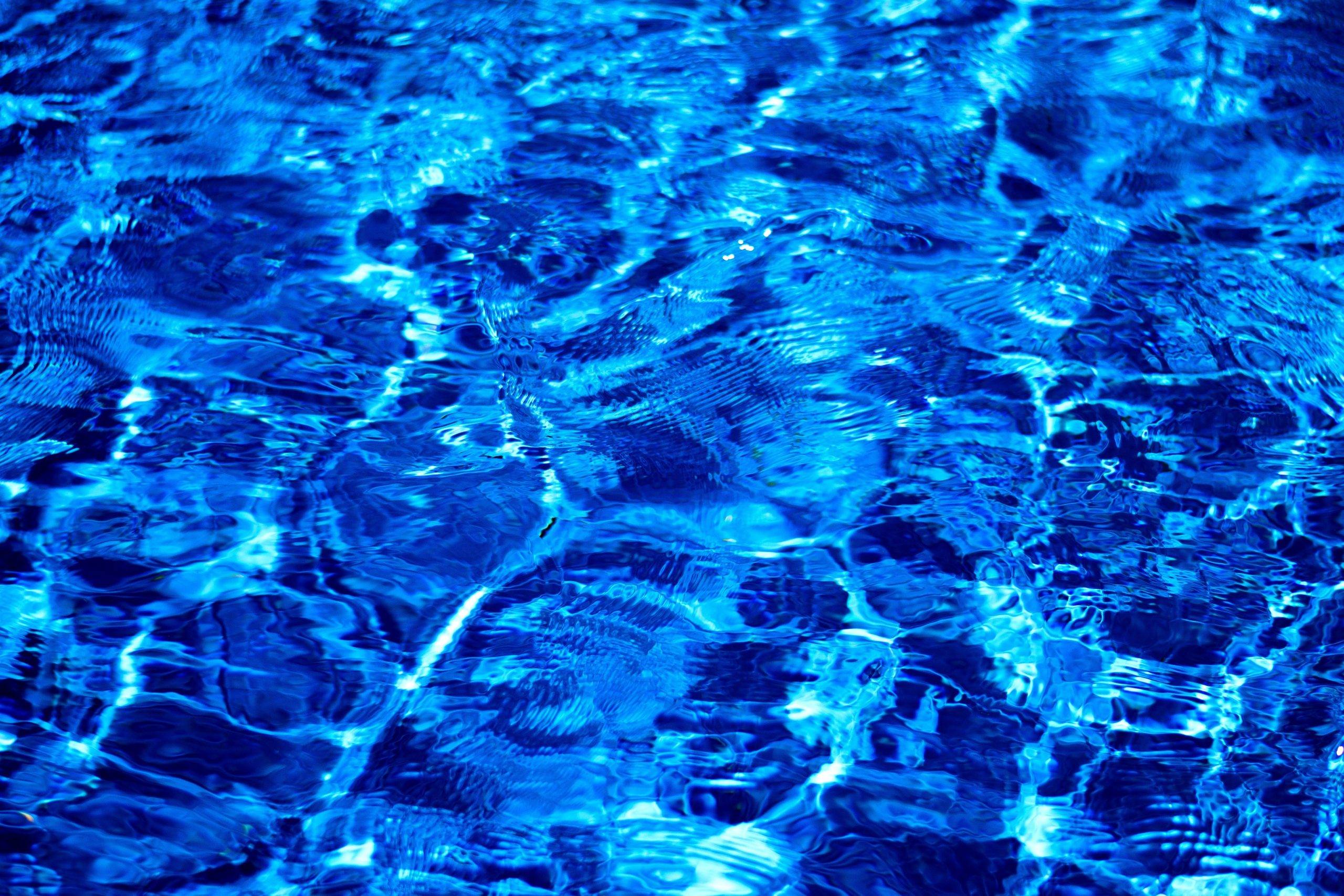This summer, my 16K gallon pool began consuming salt at a higher than usual rate (+30-50%). Added a bag of salt each time the panel reading got to 2800 or less.
I now have concerns about the reliability of the system salt reading. The cell is older (>10 years), but it usually runs clean. I check every 4-6 months, and most often there is no build up of scale. When I checked recently, there was modest build up which I cleaned with an 4:1 acid bath.
As of today, the dynamic (instantaneous) salt reading on the Aquarite display is 1800 ppm (the static display shows 2800, so not getting a low salt alert yet). To check the Aquarite, I purchased the Taylor K-1766 salt test kit. The Taylor kit has two reagents, one expiring 9/21, the other 6/22. The Taylor kit took 34 drops which computes to a salt level of 6800 ppm! So Aquarite says 1800 and Taylor says 6800. Frankly I think the truth is in the middle because the Aquarite does generate Cl and my Cl levels in the pool are on target (measured 5.0 Cl today using Taylor K-2006).
My questions:
- any idea why such a large discrepancy between Aquarite and Taylor RE: salt level?
- I suspect the T-cell may have finished its useful life (my records indicate last replaced in 2008, which seems amazing), hence the unusual readings from the Aquarite panel. Agree the cell is suspect? Or could this be an issue with the main panel PCB (GLX-PCB-RITE, last replaced in 2017)? Or save my money and continue to monitor the situation?
I now have concerns about the reliability of the system salt reading. The cell is older (>10 years), but it usually runs clean. I check every 4-6 months, and most often there is no build up of scale. When I checked recently, there was modest build up which I cleaned with an 4:1 acid bath.
As of today, the dynamic (instantaneous) salt reading on the Aquarite display is 1800 ppm (the static display shows 2800, so not getting a low salt alert yet). To check the Aquarite, I purchased the Taylor K-1766 salt test kit. The Taylor kit has two reagents, one expiring 9/21, the other 6/22. The Taylor kit took 34 drops which computes to a salt level of 6800 ppm! So Aquarite says 1800 and Taylor says 6800. Frankly I think the truth is in the middle because the Aquarite does generate Cl and my Cl levels in the pool are on target (measured 5.0 Cl today using Taylor K-2006).
My questions:
- any idea why such a large discrepancy between Aquarite and Taylor RE: salt level?
- I suspect the T-cell may have finished its useful life (my records indicate last replaced in 2008, which seems amazing), hence the unusual readings from the Aquarite panel. Agree the cell is suspect? Or could this be an issue with the main panel PCB (GLX-PCB-RITE, last replaced in 2017)? Or save my money and continue to monitor the situation?


